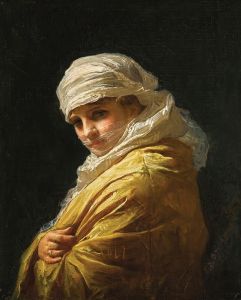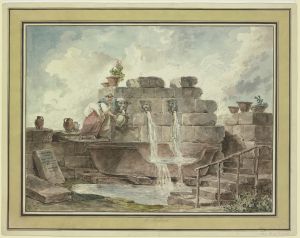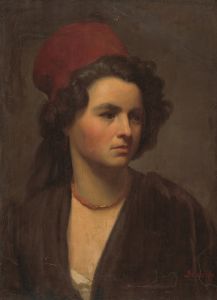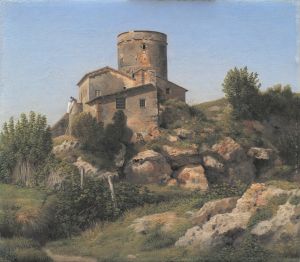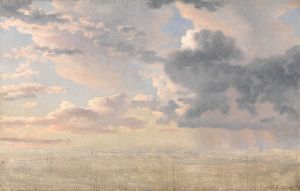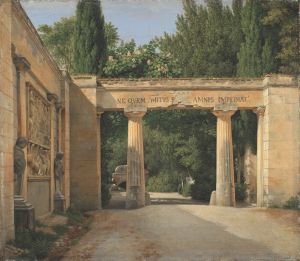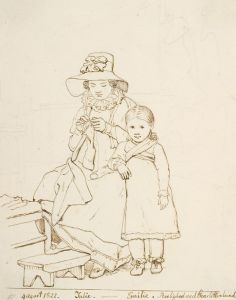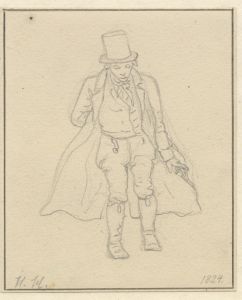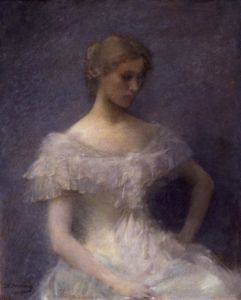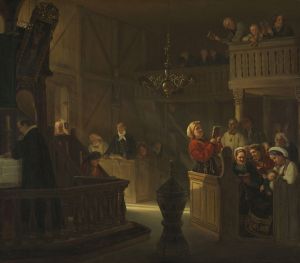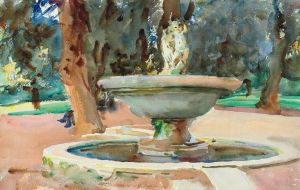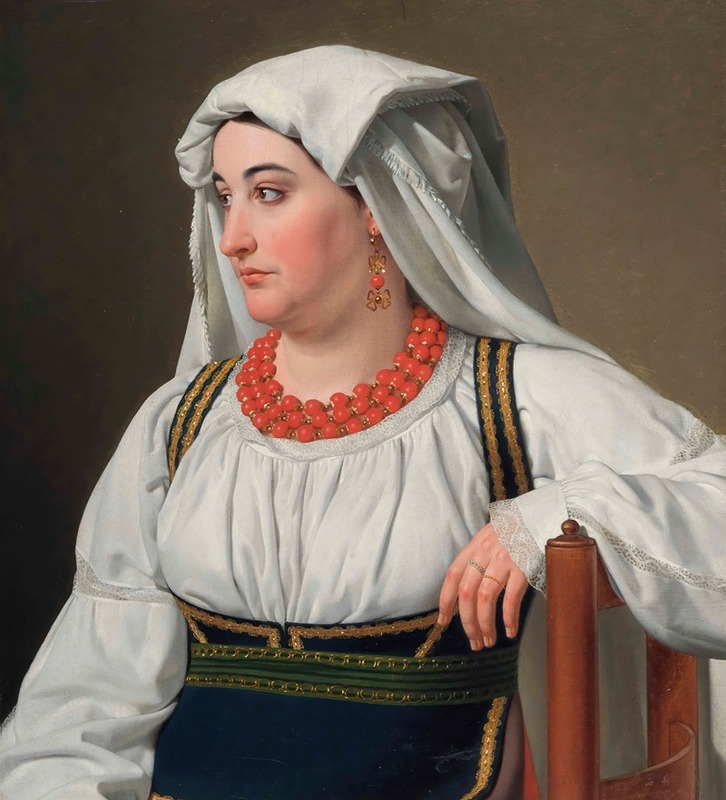
Una Ciociara, Portrait of a Roman Country Girl
A hand-painted replica of Christoffer Wilhelm Eckersberg’s masterpiece Una Ciociara, Portrait of a Roman Country Girl, meticulously crafted by professional artists to capture the true essence of the original. Each piece is created with museum-quality canvas and rare mineral pigments, carefully painted by experienced artists with delicate brushstrokes and rich, layered colors to perfectly recreate the texture of the original artwork. Unlike machine-printed reproductions, this hand-painted version brings the painting to life, infused with the artist’s emotions and skill in every stroke. Whether for personal collection or home decoration, it instantly elevates the artistic atmosphere of any space.
Christoffer Wilhelm Eckersberg, a prominent Danish painter, is often referred to as the "father of Danish painting." He played a crucial role in the development of the Danish Golden Age of painting. One of his notable works is "Una Ciociara, Portrait of a Roman Country Girl," which exemplifies his skill in portraiture and his keen attention to detail.
Eckersberg was born in 1783 in Blåkrog, Denmark, and studied at the Royal Danish Academy of Fine Arts in Copenhagen. His artistic journey took him across Europe, where he was influenced by various styles and techniques. In 1810, he traveled to Paris to study under Jacques-Louis David, a leading figure in the neoclassical movement. This experience significantly shaped Eckersberg's approach to art, emphasizing clarity, precision, and a focus on the human form.
In 1813, Eckersberg moved to Rome, where he spent several years immersing himself in the city's rich artistic heritage. It was during this period that he painted "Una Ciociara, Portrait of a Roman Country Girl." The painting is a testament to Eckersberg's ability to capture the essence of his subjects with remarkable realism and sensitivity.
The portrait depicts a young Roman girl from the Ciociaria region, an area known for its distinctive traditional costumes and rural lifestyle. Eckersberg's choice of subject reflects his interest in capturing the diverse cultural tapestry of the places he visited. The girl's attire, characterized by its vibrant colors and intricate patterns, is rendered with meticulous attention to detail, showcasing Eckersberg's mastery of texture and fabric.
Eckersberg's use of light and shadow in the painting highlights the girl's youthful features and serene expression. The soft, natural lighting creates a sense of intimacy and immediacy, inviting the viewer to engage with the subject on a personal level. This approach is consistent with Eckersberg's broader artistic philosophy, which sought to balance idealism with realism.
The background of the painting is relatively simple, allowing the viewer to focus entirely on the subject. This compositional choice is typical of Eckersberg's portraits, where the emphasis is placed on the individual rather than the surrounding environment. The artist's ability to convey the personality and character of his subjects is evident in this work, as the girl's calm demeanor and direct gaze suggest a quiet confidence and dignity.
"Una Ciociara, Portrait of a Roman Country Girl" is an excellent example of Eckersberg's contribution to the art of portraiture. His work not only reflects the technical precision and classical influences of his training but also demonstrates a deep empathy for his subjects. Through his portraits, Eckersberg sought to capture the universal qualities of humanity, transcending cultural and geographical boundaries.
Today, Christoffer Wilhelm Eckersberg is celebrated as a pivotal figure in Danish art history. His influence extends beyond his own works, as he also played a significant role in educating and mentoring the next generation of Danish artists. His legacy is preserved in numerous collections, including the National Gallery of Denmark, where "Una Ciociara, Portrait of a Roman Country Girl" and other works continue to be admired by art enthusiasts and scholars alike.





